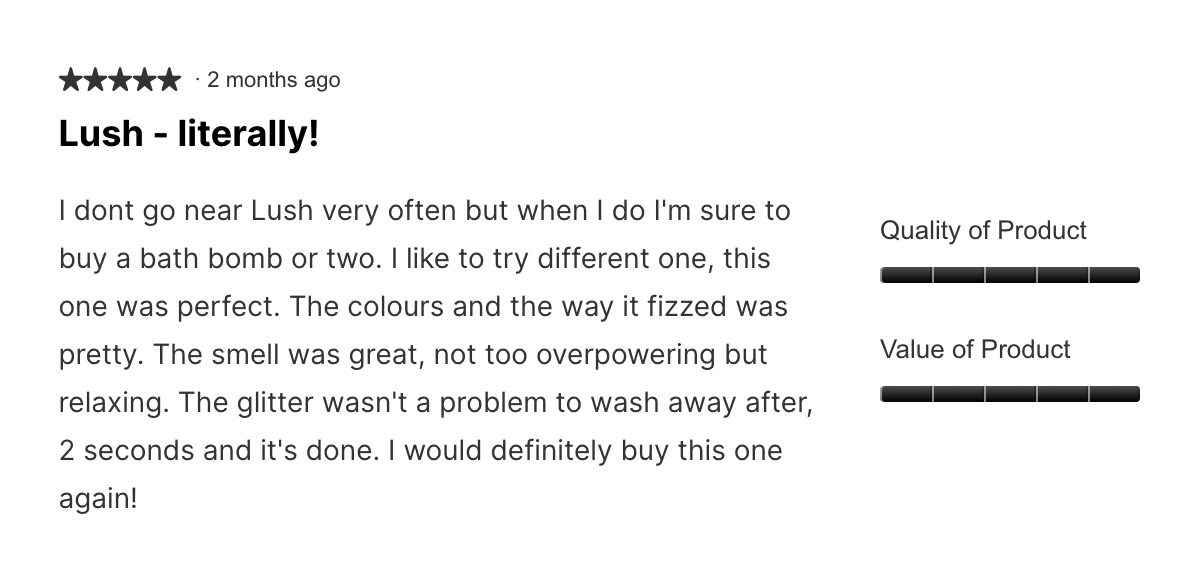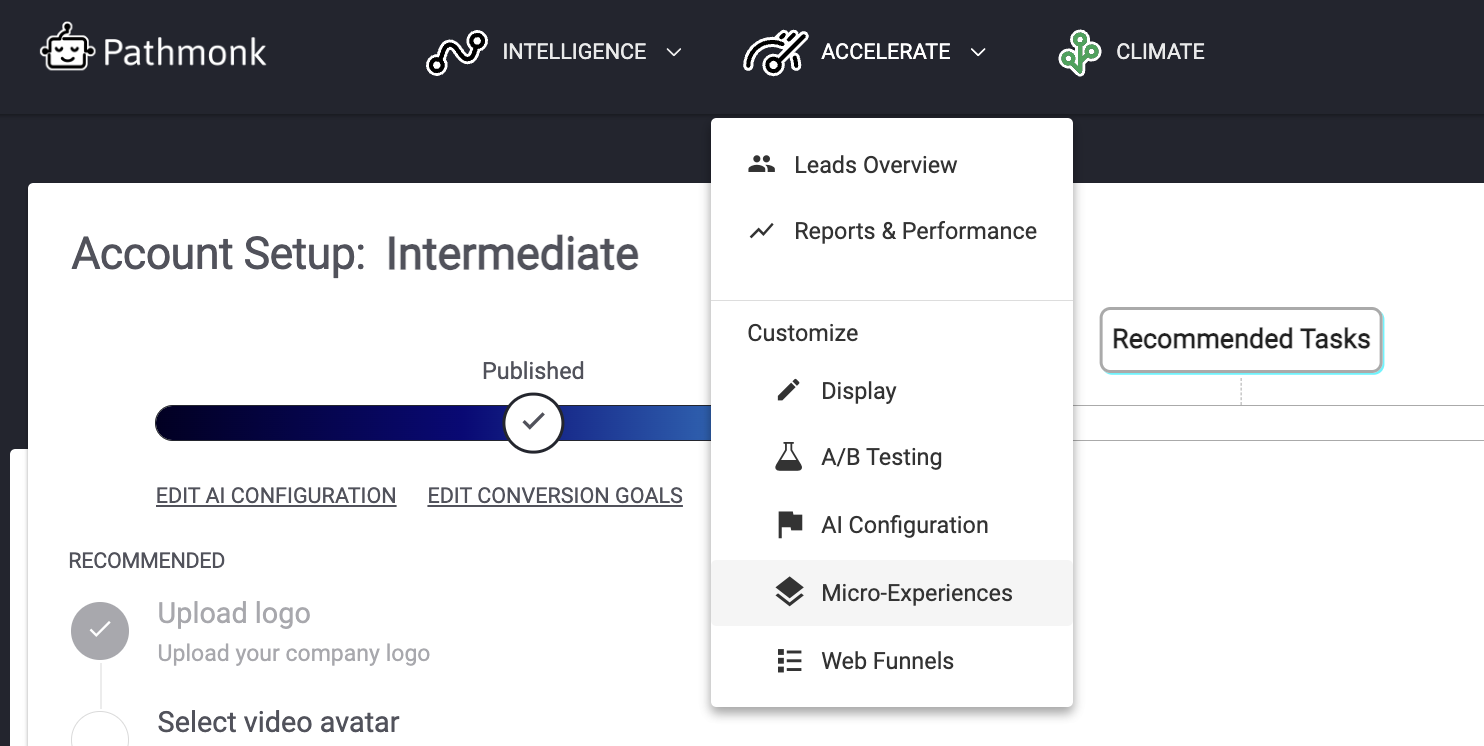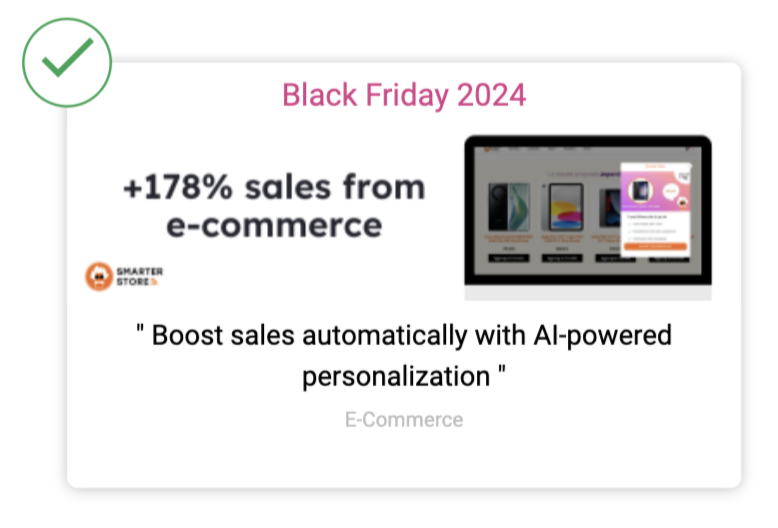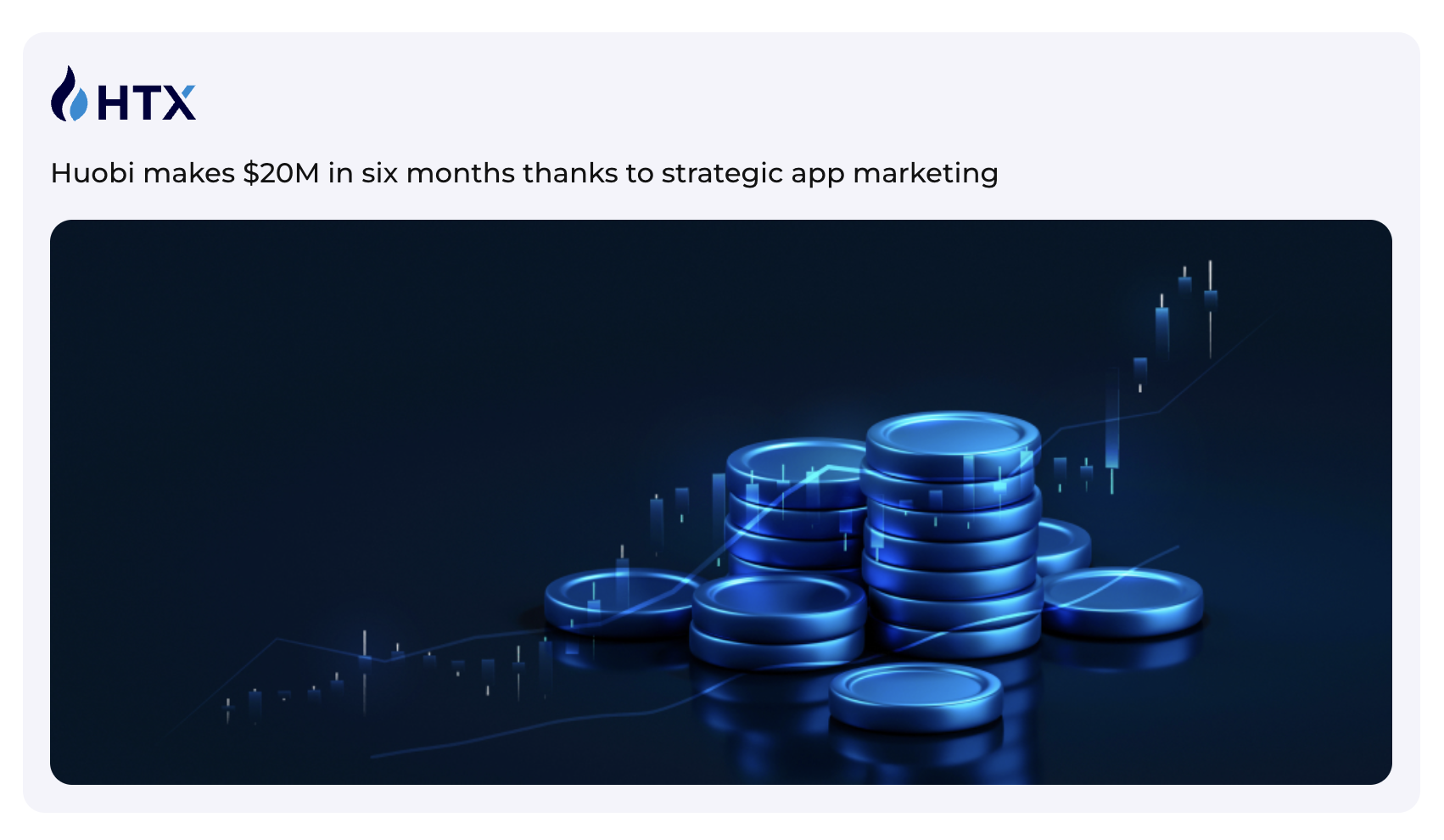Picture this: you land on a website, ready to buy that expensive skincare serum you’ve been eyeing for weeks. But something’s holding you back—does it really work? Will it be worth the money? Then, you see a comprehensive review from someone with the same skin concerns, raving about how it transformed their skin. Suddenly, the decision feels a lot easier. That’s social proof doing its job.
In a world where anyone can make bold claims, real customer experiences are what tip the scales. Social proof might look like another marketing trick, but in reality it’s an essential tool that gives visitors the confidence to trust your brand and make a purchase.
In this article, we’ll break down why social proof matters and how you can use it at the right time to drive conversions on your website.
Table of Contents
Step by step: automatically displaying social proof with Pathmonk
The great thing about social proof is that it is equally relevant for an e-commerce business than for a SaaS. Therefore, no matter your customer journey, these instructions apply to all types of companies.
Our AI will adjust the frequency and timing of the social proof experiences based on your company and AI model chosen, but other than those automated settings, you don’t need to worry about manual tweaks (learn here how to choose the right AI mode for increasing conversions on your website)
So, your first step is…
1. Choose the social proof you want to display
Start by deciding what will resonate most with your audience and best support your goals. Do you want to build credibility through customer testimonials? Showcase detailed case studies that demonstrate tangible results? Or perhaps leverage reviews and media mentions to create a sense of trust and authority?
For example, an e-commerce store may benefit from showcasing product reviews and ratings to reassure potential buyers, while a SaaS company could highlight case studies or client success stories to demonstrate the real-world impact of their solution. Consider what will best address any concerns or questions your visitors might have and what will create the strongest sense of trust.

Prepare the content accordingly—whether it’s written copy, images, or video testimonials. Having everything ready to upload into the Pathmonk dashboard will make the setup process smooth and ensure your social proof is displayed at the perfect moments.
2. Set up your social proof experiences
Now it’s time to upload your social proof experiences directly within the Pathmonk platform so it can generate these experiences. Log in to Pathmonk, and under the Accelerate menu, select Micro-Experiences.

Here you’ll be able to upload all your assets and choose where in the customer journey you want these experiences to appear.

While social proof can be effective at various stages, we recommend placing it during the consideration stage. This is when potential customers are weighing their options, and showing social proof here can help push them toward a decision by building trust and addressing any uncertainties.
However, different types of businesses may benefit from placing social proof at other key moments:
- For e-commerce: Display customer reviews on product pages or just before checkout to reduce friction and increase confidence in the purchase.
- For SaaS companies: Case studies and testimonials can work well on demo request pages or pricing pages, where visitors need extra reassurance before committing.
3. Let our AI determine when to show it for maximum impact
Once your social proof experiences are set up, Pathmonk’s AI takes over. The algorithm analyzes visitor behavior, browsing patterns, and user intent to determine the optimal moment to display social proof.
For instance, if a visitor hesitates before making a purchase, Pathmonk might trigger a testimonial or product review to appear, reducing friction and encouraging the visitor to move forward.
Pathmonk’s AI also controls how often social proof is shown to each visitor, ensuring it doesn’t become overwhelming. The AI will automatically adjust the frequency depending on the user’s interactions with your website.
This automation allows you to effortlessly influence your visitors by showing the right social proof at the right time, whether they’re on your product pages or checking out.
Increase +180%
leads
demos
sales
bookings
from your website with AI
Get more conversions from your existing website traffic delivering personalized experiences.

What exactly is social proof and how does it work?
At its core, social proof is the concept that people tend to follow the actions of others when they are uncertain about what to do. This instinct has deep psychological roots—humans are social creatures who look to others to validate their decisions, especially in situations where they lack direct experience or knowledge.

Social proof works because of cognitive biases, especially the herd mentality and authority bias. When we see others endorsing a product or service, we assume that if it works for them, it should work for us too. The larger the number of people endorsing the product, the stronger this effect becomes, especially if those people seem similar to us or are perceived as experts (this is where influencer marketing ties in).
Then there’s loss aversion—we hate missing out. When potential customers see that others have taken action, it sparks a fear of missing out (FOMO). Whether it’s the last few spots in a limited-time sale or a review highlighting how good a product is, people are motivated to act to avoid regret later.
Types of social proof in marketing
Not all social proof is created equal. Different forms work better depending on your audience, industry, and even the phase of the buyer’s journey. Here are some common types:
1. Customer testimonials
Customer testimonials are a powerful form of social proof because they feature real users sharing their positive experiences with your product or service. These can come in different forms, such as short quotes placed on your website or more detailed accounts of transformation. The key is that testimonials provide relatable stories that potential buyers can identify with, which makes them effective at building trust.
Short testimonials are ideal for placing on product pages or landing pages. These quick, digestible snippets give visitors a nudge to keep moving through the sales funnel.
Longer testimonials or video testimonials, on the other hand, can be used to showcase how your product or service helped solve a specific pain point for the customer. These stories not only demonstrate the value but also personalize the brand, making the experience feel more relatable to the visitor.
2. Case studies
Case studies take customer testimonials a step further by offering detailed accounts of how your product or service solved a problem for a business or individual. Unlike simple quotes, case studies provide data, context, and a full narrative, making the success story more credible and authoritative.

A typical case study covers the challenge the customer faced, the solution your product provided, and the measurable results. This structure helps potential customers see how your product could work for them.
Case studies are especially useful for B2B companies or higher-ticket items because they showcase proof of results, backed by data, numbers, and timelines. They create a stronger impact by addressing common objections with real-world outcomes.
3. User reviews
User reviews are another form of social proof, but they tend to be more unfiltered and often come from third-party platforms like Google Reviews, Trustpilot, or Yelp. These reviews are particularly influential because they appear more authentic; businesses have less control over them, and the reviewers often highlight both pros and cons.

Reviews provide potential customers with a sense of transparency, as they offer unbiased opinions, unlike testimonials that are curated by the business itself.
Most customers check reviews before making a purchase, especially if the product is unfamiliar. The presence of real feedback from other customers helps alleviate hesitation and builds credibility for your brand.
4. Influencer or celebrity endorsements
Influencer or celebrity endorsements tap into the trust that their followers have built with them. These endorsements work well because they add an element of authority and relatability. Influencers, especially within niche communities, have an engaged audience who often seek their recommendations for products and services.

While celebrity endorsements may work for larger brands, micro-influencers often have a more engaged following. Their audiences are highly targeted, which makes their endorsements even more effective in driving conversions.
5. Numbers and data
Numbers and data are a straightforward but effective way to show social proof. Highlighting how many people have purchased a product, how many customers have been served, or even how many visitors your website has received can demonstrate your product’s popularity and reliability.

Statements like “Over 1 million satisfied customers” or “10,000 products sold in the last 24 hours” give immediate credibility to your brand. These figures not only demonstrate success but also create a sense of urgency for potential buyers.
Tying numbers to scarcity, such as “Only 5 items left in stock,” adds an extra layer of urgency, encouraging users to act quickly to avoid missing out.
6. Media mentions
When your product or service is mentioned by reputable media outlets or high-profile publications, it instantly boosts your credibility. Media mentions signal to visitors that your business is recognized and trusted by authoritative sources, which can significantly increase confidence in your brand.
Make sure to highlight logos or links to the publications that have featured your business, such as “As seen in Forbes” or “Featured on TechCrunch.” These logos create immediate trust, especially for visitors who are unfamiliar with your brand.
People tend to trust authoritative sources of information, so if your business is mentioned by well-known outlets, it can have a powerful impact on conversions.
7. Social media shares and engagement
Social media engagement in the form of likes, shares, comments, and overall buzz is another form of social proof. The more your content or product is shared, the more validation it gets in the eyes of potential customers.
Social media provides a platform for real-time feedback. When potential buyers see others talking about or sharing your product, it signals that your brand is active, relevant, and valued by its community.
Encourage your customers to share their experiences on social media. Not only does this provide authentic social proof, but it also gives you a chance to showcase real users who are excited about your product. Reposting customer reviews, images, and videos can increase engagement and trust even further.
Benefits of showing social proof to influence visitors
Now that you know the types, let’s talk about why incorporating social proof into your website and marketing strategy can drastically improve conversion rates:
1. Builds instant trust
Social proof acts as a shortcut to building trust with new visitors who might not know much about your brand. Seeing that others have already bought from you and had a positive experience reduces their hesitation.
2. Reduces decision-making friction
When visitors are on the fence, showcasing testimonials or reviews from satisfied customers at key moments can push them toward making a purchase. It eliminates the uncertainty and provides the assurance they need to move forward.
3. Creates a sense of urgency
Social proof can also introduce urgency. Displaying “X people have purchased this in the last 24 hours” or “Only 2 left in stock” encourages quick decisions to avoid missing out.
4. FOMO effect
As mentioned earlier, fear of missing out can be a powerful motivator. If visitors see that others are buying, booking, or subscribing, they’re more likely to act sooner to avoid the fear of missing an opportunity.
5. Increases perceived value
The more people rave about your product, the more valuable it seems. Social proof from credible sources can make your product stand out in a crowded market, where customers are often comparing multiple options.
6. Establishes credibility
Especially for newer brands or businesses in competitive industries, social proof can help establish credibility quickly. Media mentions, high-profile client lists, or partnerships can make your business look more legitimate.
7. Enhances SEO and visibility
Reviews and testimonials on third-party platforms not only serve as social proof but also improve your brand’s online visibility. The more reviews and mentions you have on trusted sites, the better your chances of appearing in search results and driving organic traffic.
Pathmonk: the solution for showing social proof when it matters most
Pathmonk’s AI-driven platform takes the guesswork out of when and where to display social proof. It analyzes each visitor’s behavior and engagement in real-time, triggering social proof at the exact moment it will have the greatest impact.
Whether a visitor is about to bounce, hesitating at checkout, or comparing pricing options, Pathmonk ensures that testimonials, reviews, or case studies appear when they’re most likely to push the visitor toward conversion.
But Pathmonk is built to do more than just add social proof—it’s designed to optimize every step of the customer journey and boost conversions. Here’s what makes Pathmonk stand out:
1. AI-powered personalization
Pathmonk’s AI automatically tailors the website experience to each visitor in real time. By analyzing visitor behavior, it shows relevant content—like educational videos or personalized CTAs—exactly when it’s needed to reduce friction and drive conversions. No generic experiences, just content that fits the visitor’s intent.
2. Behavioral triggers
Pathmonk uses behavioral data like scroll depth, time on page, and exit intent to trigger social proof or other content when visitors are hesitating or about to leave. It’s about nudging them at the right moment, whether it’s a case study that reassures them or a testimonial to push them forward.
3. Customizable experience design
While Pathmonk’s AI handles when to show content, you still have full control over the design. You can customize the look and feel to match your brand, so social proof blends seamlessly into your website experience without breaking the flow.
4. Real-time insights and optimization
Pathmonk gives you data on how your experiences are performing—conversion rates, engagement, visitor interactions—so you know what’s working and where to improve. You can easily tweak your strategy based on real-time results.
5. No-code setup
No need for technical skills. Pathmonk’s setup is simple—you just need to add a snippet to your site, and you’re ready to go. It’s fast, easy, and doesn’t require heavy development work.
6. Versatile across industries
Whether you’re in e-commerce, SaaS, or any other industry, Pathmonk adapts. Its AI automatically adjusts based on the customer journey, making it useful for any business that wants to personalize and optimize their website experiences.
How to add Pathmonk to your marketing strategy
Step 1: Set up your Pathmonk account
Setting up your Pathmonk Accelerate account is straightforward and hassle-free. Here’s how to get started:
- Preview with our interactive demo: If you prefer to see how Pathmonk Accelerate will work on your website before making a commitment, take advantage of our personalized interactive demo. This allows you to explore the features and benefits at your own pace.
- Schedule a demo call: For those who prefer a more personalized touch, you can schedule a call with our team for a tailored product demo. We’re here to answer any questions and help you understand how Pathmonk can specifically benefit your business.
To get started, simply visit our Pricing page and select the plan that fits your needs. We charge based on the pageviews your website receives, ensuring you only pay for what you need.
Step 2: Implement your cookieless snippet
After purchase, you will receive a unique Pathmonk snippet. This is a simple copy-and-paste action, which can be done through your platform’s backend or with Google Tag Manager installation instructions.
Step 3: Automatically create website experiences:
Pathmonk will utilize your existing website content to automatically generate personalized microexperiences for your visitors.
These microexperiences are tailored to engage users and guide them towards conversion, leveraging Pathmonk’s AI to optimize the customer journey seamlessly.
Generate better leads to grow your sales
Discover new strategies to unlocking a flood of high-quality leads from your website.






